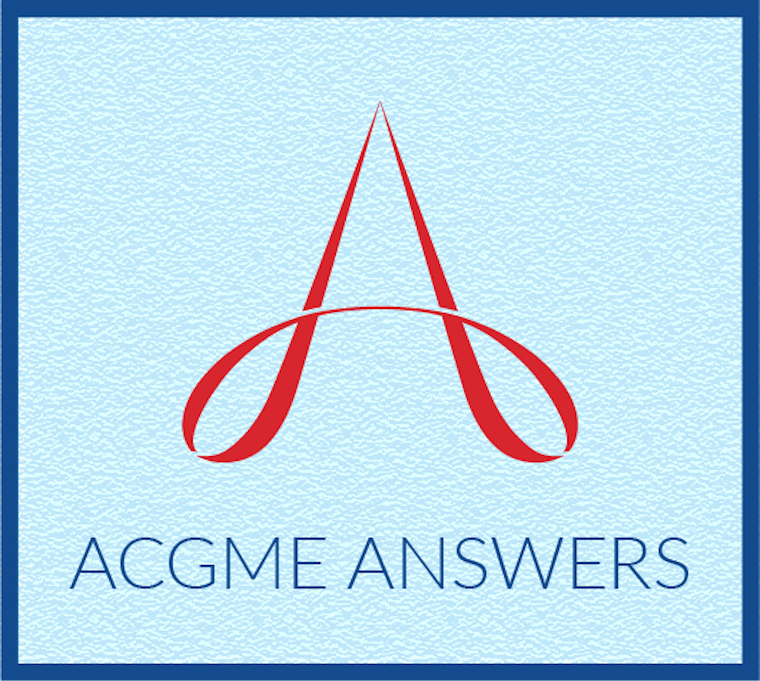This post is part of an ongoing “ACGME Answers” series, expanding on frequently asked questions the ACGME often receives or sees online. To learn more about the ACGME and graduate medical education (GME), review the ACGME FAQs on our website.
What does it take to begin a new accredited institution or program? To achieve ACGME accreditation for an organization as a Sponsoring Institution for residency or fellowship programs, graduate medical education leaders must submit an application. An overview of the application process can be found on the Institutional Application Process page. Becoming an ACGME-accredited Sponsoring Institution is the first step towards sponsoring ACGME-accredited programs.
An organization should identify a designated institutional official (DIO) who will have responsibility for the application process, beginning with the submission of the Intent to Apply for Institutional Accreditation form. Once the form has been submitted, the DIO will receive a login to the ACGME’s Accreditation Data System (ADS) to complete the application.
Prior to completing the application, the DIO should review the Institutional Requirements, answers to frequently asked questions, application forms, and submission deadlines, all of which are accessible from the Institutional Application and Requirements page. The application includes questions on the institution’s operating and GME infrastructure, GME resources, policies and procedures, and the learning and working environment. Several uploaded documents, including meeting minutes of an institutional Graduate Medical Education Committee (GMEC), must be included with the application, which will be reviewed by the Institutional Review Committee. If the application demonstrates substantial compliance with the ACGME Institutional Requirements, the IRC will grant Initial Accreditation to the Sponsoring Institution. The DIO, in collaboration with the GMEC, will have responsibility for ensuring the Sponsoring Institution’s and its programs’ compliance with ACGME requirements, and will have the authority and the responsibility for oversight and administration of its program(s).
After an institution receives Initial Accreditation, the DIO may initiate specialty or subspecialty program applications to be completed and submitted through ADS. The steps to complete this process can be found on the Program Application Information page. A Sponsoring Institution must be accredited and without an adverse accreditation status for any of its sponsored residency or fellowship programs to apply for accreditation.
After initiating the program application in ADS, the DIO enters basic information about the program, and identifies the program director responsible for oversight of that program. The program director is responsible for developing, overseeing, and improving the program. While the ACGME has no involvement in hiring or personnel decisions, there are several Common Program Requirements program directors must meet to qualify for the role, and the DIO and GMEC are responsible for ensuring that program directors are qualified.
The timeline from gathering information for an institutional application to gaining accreditation for a program may approach two years. A list of specialties and subspecialties accredited by the ACGME can be found on the Specialties page. The process for proposing a new specialty or subspecialty is outlined here.
We hope this has clarified the accreditation process for new institutions and programs. More in-depth information can be found on the ACGME website using the above-referenced links.

